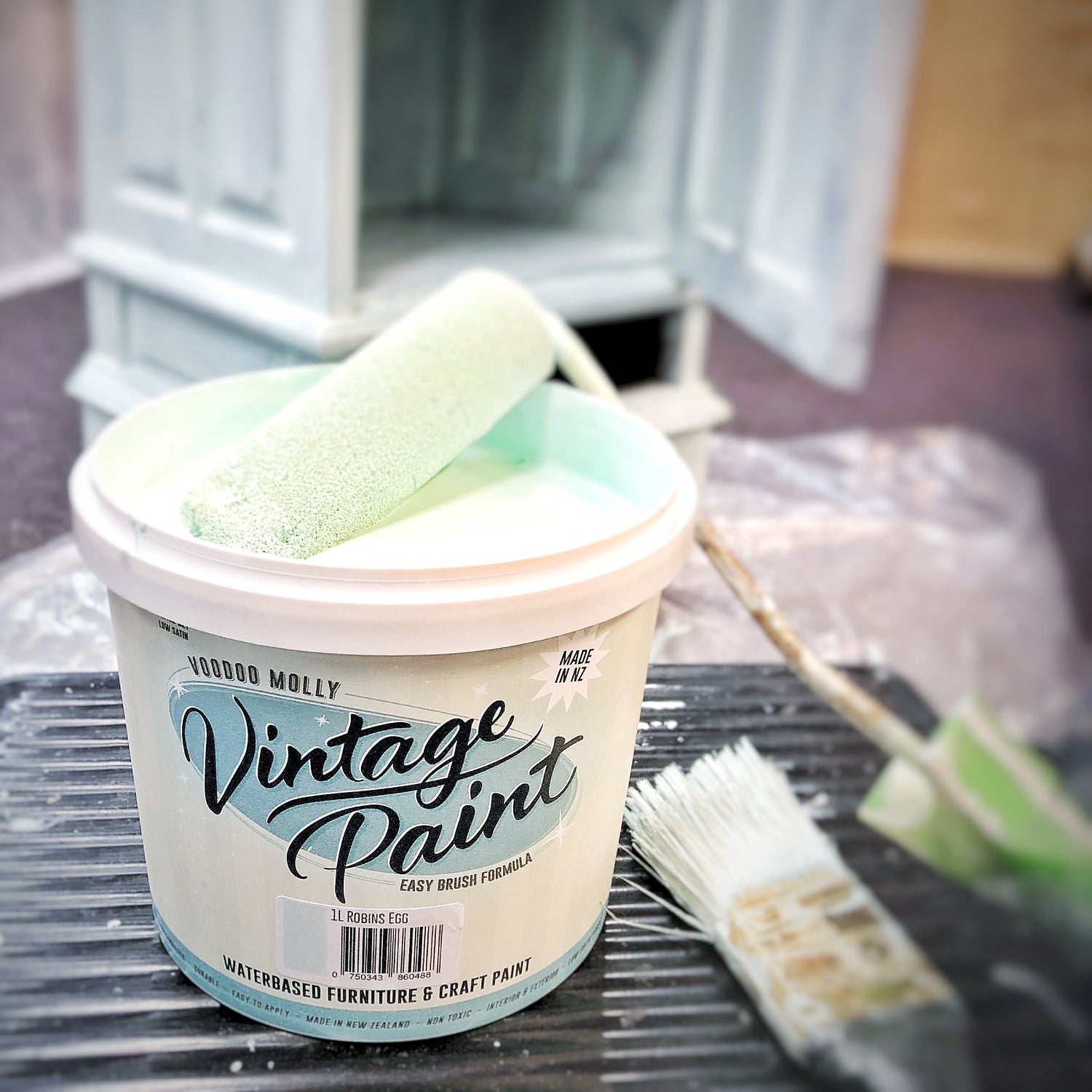When it comes to reviving and enhancing the appearance of leather goods, two popular options emerge: leather dye and leather stain. While both techniques are used to transform the color of leather, they differ in their application methods and the effects they achieve. Understanding the dissimilarities between leather dye and leather stain is crucial to make an informed decision about the right choice for your leather project. In this article, we will delve into the dissimilarities and benefits of leather dye and leather stain, helping you unlock the potential of your cherished leather items.
Leather Dye: Vibrant Colors with Long-Lasting Results
Leather dye is a liquid solution formulated specifically for coloring leather. It deeply penetrates the leather fibers, resulting in vibrant and long-lasting color transformation. Leather dye offers a wide range of color options, allowing you to achieve both bold and subtle shades. The dye absorbs into the leather, creating a new color while preserving the natural texture and grain patterns of the material.
One of the key benefits of leather dye is its permanence. Once the dye is absorbed by the leather, it bonds with the fibers, making it highly resistant to fading or wearing off over time. This durability ensures that your leather items maintain their renewed appearance for an extended period.
Moreover, leather dye is highly versatile and can be used on various types of leather, including full-grain, top-grain, and corrected-grain leather. It works well on smooth and even textured surfaces, allowing you to achieve consistent color coverage. However, it may not be as effective on heavily treated or sealed leather, as the dye may struggle to penetrate the surface.
Leather Stain: Natural Patina and Artistic Effects
Leather stain, on the other hand, provides a different approach to coloring leather. Unlike leather dye, which fully saturates the leather fibers, leather stain is designed to partially penetrate the surface, resulting in a more translucent and natural look. Stains often come in a wider variety of earthy tones, mimicking the hues found in nature.
One of the notable benefits of leather stain is its ability to enhance the natural patina and characteristics of the leather. Staining allows the unique grain patterns, wrinkles, and imperfections of the leather to show through, adding depth and character to the item. This effect is particularly desirable for those who appreciate the organic beauty of leather and wish to maintain its original appearance.
Leather stain also offers a level of artistic freedom, as it can be manipulated to create gradient effects, antique finishes, or a weathered appearance. It allows for more experimentation and customisation, enabling you to achieve a personalised look for your leather goods.
Choosing the Right Option for Your Leather Project
When deciding between leather dye and leather stain, consider the following factors:
-
Desired Color and Coverage: Leather dye provides more intense and opaque coloration, while leather stain offers a translucent and natural appearance.
-
Longevity: Leather dye is known for its lasting results and resistance to fading, whereas leather stain may require periodic reapplication to maintain its appearance.
-
Leather Type and Texture: Leather dye is suitable for most types of leather, while leather stain works well with untreated or minimally treated leather surfaces.
-
Artistic Effects: If you prefer to accentuate the natural characteristics of leather or experiment with different finishes, leather stain provides more artistic possibilities.
Leather dye and leather stain offer distinct advantages depending on your desired outcome and the characteristics of your leather item. By understanding their differences and considering your preferences, you can make an informed decision to breathe new life into your cherished leather goods.


